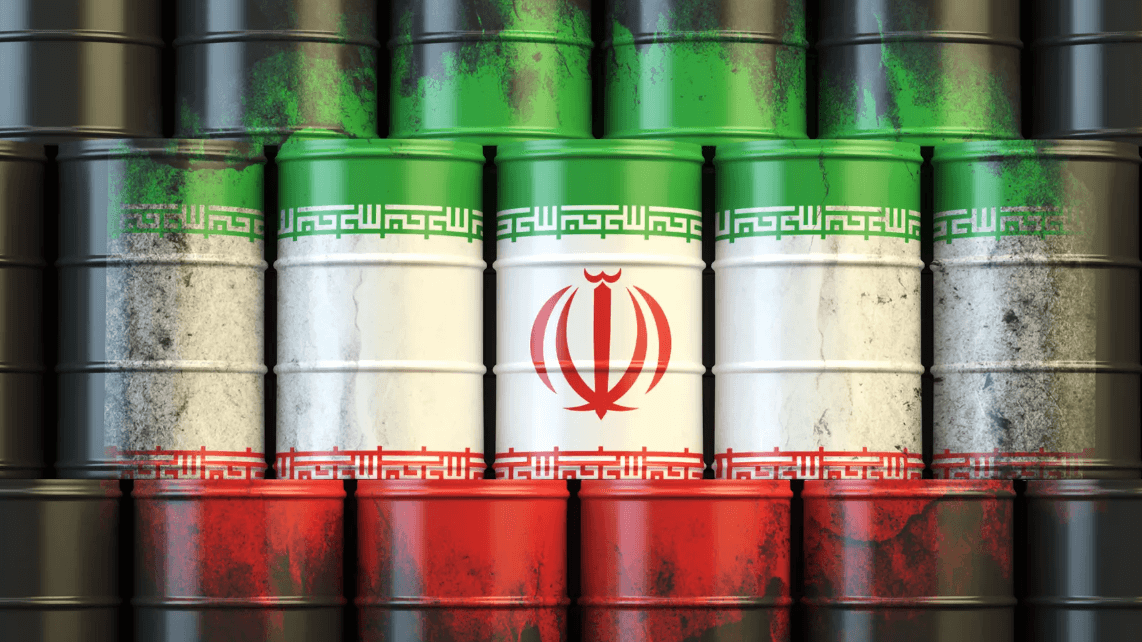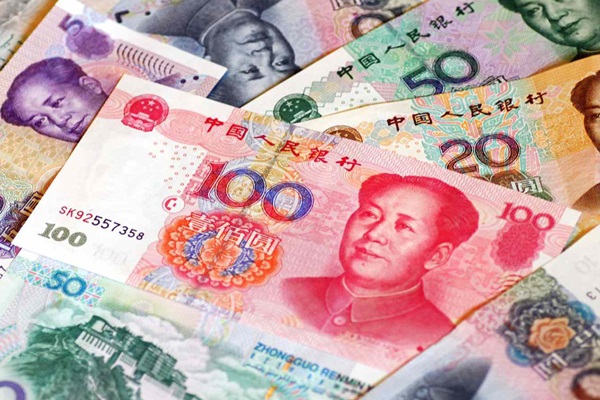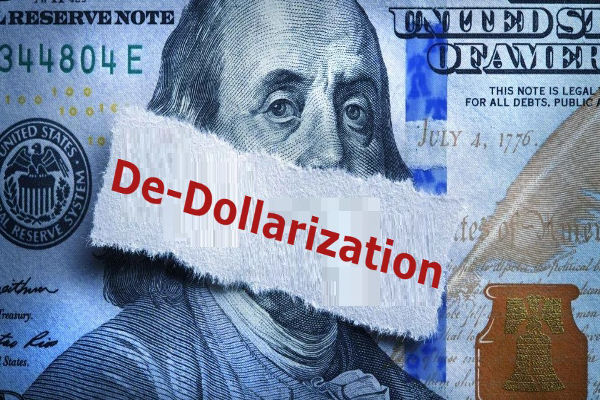Recently, the latest news about Iranian oil came on November 1, local time. Iran's Supreme Leader, Khamenei, said that Israel should immediately stop targeting the Gaza Strip. He also said that the Islamic country should stop economic cooperation with Israel and stop exporting oil and food to Israel.
Iran is the most brash country in the world and is known as the ruthless man of the Middle East. Even the unbeatable United States has no way to take him but to carry out economic blockades and suppression. The reason why this country is so tough is that it dares to be tough with the world's giant, the United States, for many reasons. The main reason also lies in its rich oil and gas resources.

We all know that oil is one of the most important energy sources in the world, and mastering oil is equal to mastering the global economy. And Iran, as the first country in the Middle East to discover oil, has oil reserves of up to 155.6 million barrels, accounting for 9% of the total oil reserves. Its oil reserves rank fourth in the world, second only to Venezuela, Saudi Arabia, and Canada. Iran is also rich in natural gas resources, with reserves of 33.5 trillion cubic meters, ranking second in the world.
Not only that, Iran also has one of the busiest waterways in the world, the Strait of Hormuz. We all know that the entire Gulf region is rich in oil. Countries like Saudi Arabia Iraq Qatar, UAE, for example. The Strait of Hormuz, on the other hand, is the only passage by sea in the Gulf. About 1/3 of the world's oil transportation will pass through here, so it is said that if Iran closes the strait, the global economy will maintain turbulence, which is one of the reasons why Iran dares to be tough on the Western powers.
History of Iran's oil
On August 27, 1859, American businessmen successfully drilled oil for the first time in Pennsylvania. In the following 50 years, most of the extraction, refining, and consumption of oil were basically in the United States. The U.S. production alone accounted for sixty to seventy percent of the world's production.
It was not until 1908 that the British Petroleum Company discovered an oil field called "Masjid Somok Field" in the Masjid Somok region of southern Iran, which led to the start of Iran's oil industry. At that time, however, it was the Seven Sisters who controlled almost all of the oil rights in Iran, Iraq, Saudi Arabia, and the Gulf States and also owned 85% of the world's oil reserves, basically controlling the global oil market. At that time, Iran's oil rights belonged to BP, which had the British government behind it.
In 1939, World War II broke out. Demand for oil surged, and the U.S. and the former Soviet Union wanted to control Iran's oil. Taking advantage of this opportunity, on March 17, 1951, Iran announced the nationalization of oil exploitation around the world, and MP Mossadegh was elected as the new prime minister of Iran. But then the U.S. CIA intervened in the Iranian political situation and arrested and imprisoned Prime Minister Mossadegh, and since then the U.S. has controlled Iran's oil.
In 1959, the first Arab Petroleum Conference was held in Egypt, Iran, Iraq, Kuwait, Saudi Arabia, and Venezuela. Five oil-producing countries set up the Organization of Petroleum Exporting Countries, also known as OPEC, and then from 1961 to 1975, OPEC's member states expanded from five to 13. The oil production of all these member countries could account for more than half of the world at that time, which made them quite vocal in the market.
It wasn't until after the first oil crisis that Iran broke out into a revolution in 1979 and established the Islamic Republic of Iran, which really nationalized the country's oil. After that, because the United States did not want to easily lose control of Iran, the weapons supporting Iraq began a long eight-year war between Iran and Iraq. And during this time, it led to the second oil crisis. The global economy suffered a recession during these two oil crises, in 1974 and 1980.
Iranian Oil
| Vintages |
Description |
| 1908 |
BP discovers Masjid Somok field in southern Iran |
| 1951 |
Nationalization of oil announced, ending control by foreign oil companies. |
| 1979 |
Change in leadership of the country and true nationalization of the country's oil |
| 1980 |
Had an impact on oil exports and infrastructure, oil production fell. |
| 2015 |
Signed a nuclear deal with six countries (including the U.S.) that lifted some international sanctions |
| 2018 |
Sanctions against Iran were restarted, negatively affecting its oil exports and economy. |
| 2021 |
Restarted nuclear negotiations, affecting Iran's future oil policy. |
| 2022 |
Oil exports are still affected by various factors |
Iran's oil ban
As we all know, relations between the United States and Iran broke down in 1978 with the fall of the Pahlavi dynasty. Subsequently, Iran has been subjected to more than 40 years of U.S. sanctions, during which the two countries have broken out in a number of major and minor wars. This also led to the development of Iran's domestic perennial, which cannot make progress, and Iran, in order to help themselves out of the dilemma, began to reduce the price of oil exports. How much is a liter of Iranian oil? Currently, Iranian oil has dropped to $4 per barrel. Despite the fact that the price of Iranian oil has been dropping, no country dares to buy Iranian oil.
It is important to realize that since the second industrial revolution took place, oil and natural gas, two of the most important non-renewable resources, have become the objects of competition all over the world. Since oil is so important and the price of Iranian oil is so low, why are many countries afraid to go out and buy it in the face of such a cheap price, which has made Iran's oil sales fall to a minimum recently? It's all because of a ban.
In 2020, the United States announced to his little brothers that if anyone dared to import Iranian oil, sanctions would be imposed on those countries. For America's allies, no one can disobey Big Brother, or they will be the ones sanctioned. After this, not many countries are willing to cooperate with Iran in the field of oil or natural gas.
In fact, these countries do not dare to cooperate with Iran. Iran's current oil price is also very high, but they are afraid to cooperate with Iran to anger the United States. Therefore, even if Iran's oil reserves are the world's fourth, its exports do not match this status.
Which countries Iran exports oil to
| Ranking |
Destination Country |
Oil Export Situation |
Major Importers |
| 1 |
China |
Large Oil Exports |
PetroChina, CNPC, etc. |
| 2 |
India |
Significant oil exports |
Indian Oil Corporation, etc. |
| 3 |
Korea |
There are oil exports |
SK Energy, GS Energy, etc. |
| 4 |
Japan |
There are oil exports |
ITOCHU Corporation, etc. |
| 5 |
Turkey |
There are oil exports |
Cage Energy, TPAO, etc. |
| 6 |
Italy |
There's oil exports |
Eni, etc. |
| 7 |
Spain |
There's oil exports |
CEPSA, Repsol, etc. |
| 8 |
Greece |
There's oil exports |
Greek Petroleum, etc. |
| 9 |
France |
There's oil exports |
TOTAL, General Energy, etc. |
| 10 |
Holland |
There's oil exports |
Royal Dutch Shell, etc. |
Iran's oil exports to China
Iran's oil exports to China are one of the most important economic relations between China and Iran. Oil trade between China and Iran usually takes the form of oil supply contracts, which include details such as the quantity of oil to be supplied, the price, the method of payment, and the place of delivery.
China is one of the largest oil importers in the world, so Iran's oil exports are of great importance to China. This oil trade helps meet China's energy needs and also provides Iran with a way to continue exporting its oil resources, especially in the face of international sanctions and external pressure. China has been persistent in its bold purchases of Iranian Crude Oil. Recently, China and Iran also signed a 25-year supply agreement. China is investing $400 billion over the next 25 years to build Iran's infrastructure, including telecommunications, medical railroads, and other key areas. And China will be supplied with low-priced Iranian oil.
The draft also mentions that China will provide Iran with the Beidou global positioning system as a way to strengthen military cooperation between the two countries. Iran has since directly announced that the two countries are using the yuan for trade settlements, bypassing U.S. sanctions.
It is important to note that the oil trade deal between Iran and China may change over time, depending on the policies of both sides and the international environment.
Iranian Oil Distribution
| Oil Producing Areas |
Location |
| Southern Oil Region |
Neighboring the Persian Gulf, it includes the provinces of Giao, Khuzestan, and Bushehr. |
| Southwest Oil Region |
Includes the provinces of Kurdistan, Khuzestan, and Zimbabahran. |
| Central Oil Region |
Includes the provinces of Sfahan, Hamadan, and Lorestan. |
Disclaimer:This material is for general information purposes only and is not intended as (and should not be considered to be) financial, investment, or other advice on which reliance should be placed. No opinion given in the material constitutes a recommendation by EBC or the author that any particular investment,security, transaction, or investment strategy is suitable for any specific person.







